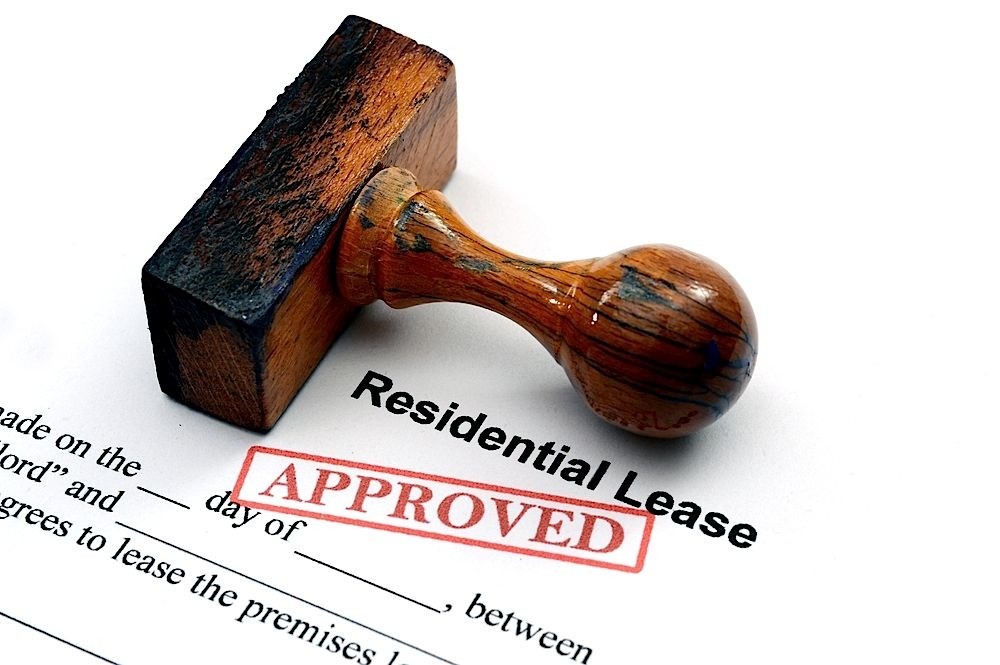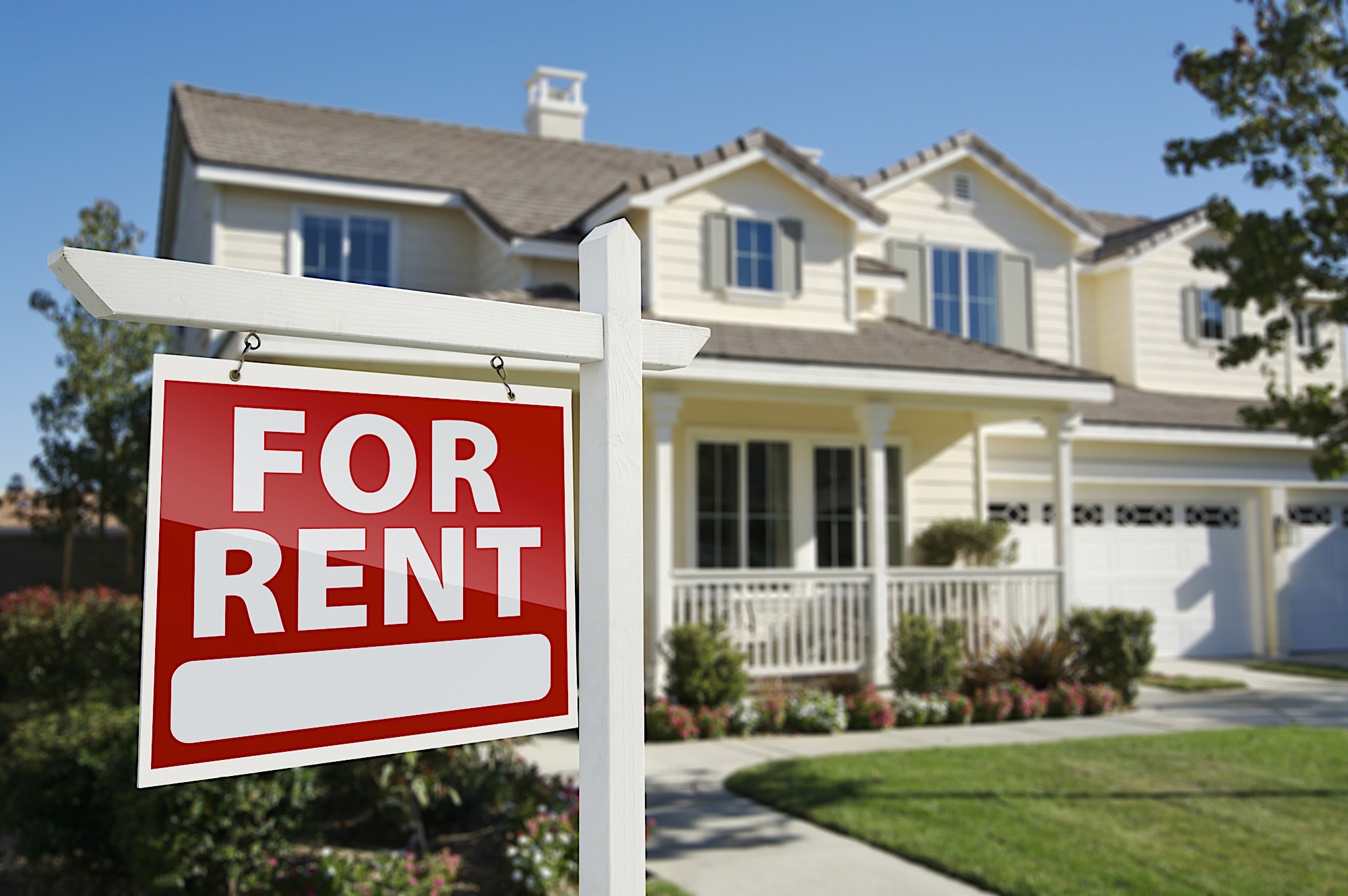One of the most stressful periods for any landlord is the end of the lease. For a month or so, there is a balance between finding new tenants while seamlessly moving the existing ones out. What you do in during this time can greatly impact the next several months and beyond. The best landlords have a strict move-out system that they use as a guide. By following this checklist they leave nothing to chance and are as efficient as possible. Here are six steps that you should follow if you are approaching the end of a lease.
1. Start 60 Days Out. It is important that you give yourself, and your tenants, plenty of advanced warning. Even if they know that the end of the lease is near it is a good idea to remind them as well. Not only are you giving them a gentle reminder but you also want to provide clear instructions and expectations for how you want the property returned. Ideally, you would have made this clear before they moved in but you can’t assume that they know what to expect. Either way you want to give your tenant at least 60 days warning. By starting this early you give them plenty of time to make any changes or repairs that you require. You should also give them the heads up that you will be showing the property to prospective renters. You will try to give them 24 hours’ notice but it is not guaranteed. Ask that the property is in decent condition for all showings. Now is the time to ask if there are any questions and to address any move out issues.
2. Provide specifics. Now is the time to make it perfectly clear what you want done. You can even go so far as to walk the property with your tenant and make a list of any items that can be a potential issue. Provide your tenants with an email of this list in addition to a generic move out list. Be sure to include items that are often overlooked such as the garage and closets. Let your tenants know what the repercussions are if the property is not returned in the manner you expect. Many tenants do not understand that there is only one final walkthrough. If there are items that need to be repaired or replaced they cannot do it after they move out. If you have noticed damage in your walkthrough or a room needs to be painted it is a good idea to attach the specific dollar amount it would cost to update. The more that your tenants know during the time the less confusion there is when their lease is over.
3. Schedule Inspection Date. As you hit the last month of your lease you should think about scheduling the inspection. It should go without saying but this should be as close to the end of the month as possible. If your walkthrough is a week before the end of the lease and you notice something after they move out you may not have any recourse. Your tenants will most likely want to be present during the walkthrough so they can question any issues. They can certainly be present but you should explain to them that it is not going to be quick. You are not going to try to find damage but you also aren’t going to just give them back their security without taking the time to inspect the property. For every nine great tenants there is one bad one that will try to cover up damage. You are doing yourself and the property a disservice if you don’t take your time during the inspection.
4. Return Security Deposit. When tenants move out they typically use the security deposit funds from their existing property and shift them over to their new property. In the last thirty days of the lease you will be asked multiple times as to how quickly the security will be issued. Each state has their own set of rules and guidelines regarding how and when you are required to distribute the funds. As a general rule of thumb you are allowed up to 30 days from the end of the lease. Assuming that everything was fine with the property there is no reason to hang on to their funds longer than you have to. You can most likely cut a check at the walkthrough or shortly after. Never issue the security until the property is inspected but don’t wait in getting it out.
5. Clean House. Once your tenant is out and you are comfortable with the condition you need to shift gears and focus on your new tenant. It is always tricky showing a property with an existing tenant. Even if they are clean the property will not show well. As soon as the tenant is out you need to have the property professionally cleaned. There are some landlords who try to tackle this themselves but it is not the same as a professional. If the condition is not perfect your new tenants will know and will be disappointed. Always start your new tenants with a clean slate, literally and figuratively.
6. Change Locks And Review Lease. Another item that you should do with every new lease is change the locks. There are always horror stories about past tenants making copies of keys and breaking into properties. For the minor expense of a new lockset you can eliminate this risk all together. Even if you are not the handy type you should be able to change a lock. After your property is cleaned and the locks are changed your new tenants are ready to move in. Before they do you should sit down with them and review your lease. Make it know what the expectations and guidelines are. The time you spend with your new tenants now will make the end of the lease much easier.
Once your new tenants are in you can let your guard down for a bit. The process of turning tenants over is the most important task any landlord will face. Use these six steps at the end of your next lease.







